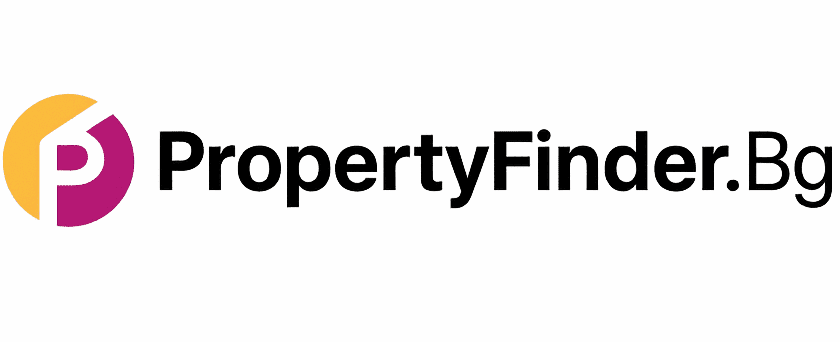Contents
Welcome back to our series on calculating property yields. After defining in the first article what yield is and why it is so important for investors, today we will focus on one of the main tools for measuring it – gross rental yield.
In order to make an informed choice, investors have several basic methods for calculating property yields. Each offers a different perspective and level of detail. Let’s start with the most basic.
What is Gross Rental Yield
Gross rental yield is the most basic and easy to calculate yield indicator. It gives a quick idea of a property’s potential to generate income relative to its price, without taking into account operating costs.
Formula for calculating gross yield
Gross Rental Yield (%) = (Annual Gross Rental Income / Total Property Acquisition Cost) × 100
Main components of the formula
1. Annual gross rental income
It is calculated by multiplying the expected monthly rent by 12. It is essential that the estimate of the monthly rent is realistic and based on comparable properties in the relevant market.
2. Total acquisition price of the property
It’s not just the purchase price of the property. To it must be added all the incidental costs of acquisition, such as:
- Notary fees
- Registration fees
- Commissions for brokers
- Transfer tax (if applicable)
- Other initial costs
Omitting these costs leads to an artificial inflation of the calculated gross yield.
Example of gross rental yield calculation
Assume that a property is purchased for €100,000 and the acquisition costs (notary fees, commissions, etc.) amount to €5,000.
Total acquisition cost: €105,000
Estimated monthly rent: €500
Annual gross rental income: €500 × 12 = €6,000
Calculation:
Gross Rental Yield (%) = (6,000 / 105,000) × 100 = 5.71%
Pros and cons of gross yield
Pros:
- Easy and fast calculation
- Suitable for initial comparison of a large number of properties
- Helps to quickly weed out the less attractive offers
Minuses:
- Does not account for any operating costs (taxes, maintenance, insurance, etc.)
- Can give a misleadingly optimistic picture of the profitability of the investment
What is the 1% rule and why you should be careful
In some circles, the so-called 1% rule is used, according to which:
The monthly rent must be at least 1% of the purchase price of the property.
If we apply this literally, about 12% annual gross yield is assumed. In practice, however:
- This rule is highly simplistic and often unworkable, especially in international markets
- The average gross yield in Dubai, for example, is around 6%
- A good yield is usually assumed to be between 5% and 10%, depending on the market
Therefore, the 1% rule can only serve as a very rough guide, but not as a reliable tool for serious analysis.
Conclusion
Gross rental yields are a useful starting point for an initial quick comparison of properties, but do not give a complete picture of the actual profitability of the investment.
To make an informed investment decision, you should also analyze other key indicators such as:
- Net Rental Yield
- Return on Investment (ROI)
- Capitalization Ratio (Cap Rate)
In the next article, we will focus specifically on net rental yield, which gives a much more accurate picture of the real performance of your property.
You might also like:
- What is a TAPU in Turkey? The Complete Guide to Title Deed Checks & Avoiding Scams
- A beachfront property in Greece – is it worth the dream investment?
- Property in Bari – a promising market in Southern Italy
This post is also available in: Български







